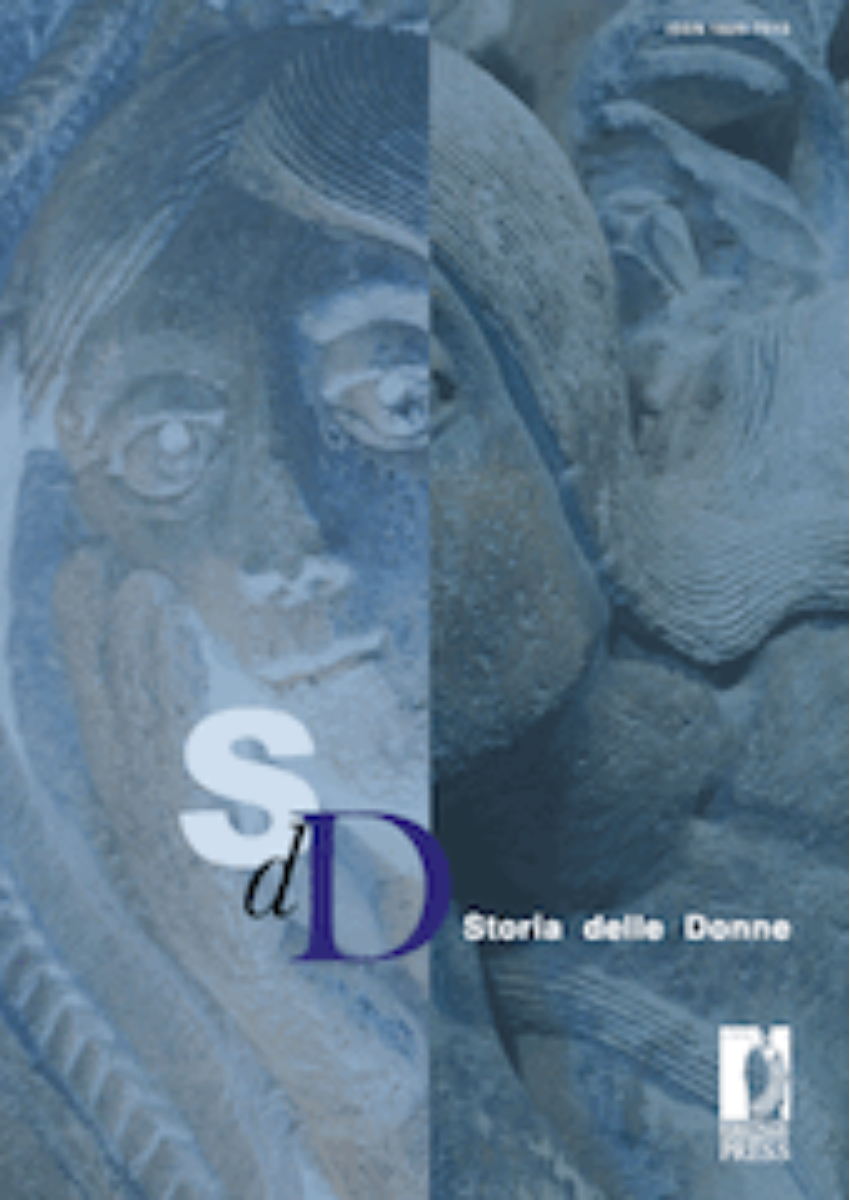Il corpo della madre schiava, i corpi dei figli. Forme di resistenza alla schiavitù nell’America del XIX secolo
Published 2009-12-05
How to Cite
Abstract
Slavery represents the most evident form of appropriation and exploitation of the body, notably of the female body. This article focuses on motherhood as a place of oppression and resistance to slavery. The devastating consequences of slavery on the mother-child relation is exemplified, in many slave narratives, by the account of when a child, realizing that he does not belong to his/her parents, perceives him/herself as a slave for the first time. Female slaves suffered a double form of exploitation, both economic (as work force) and sexual: besides being exposed to the sexual abuses by masters and overseers, after 1807 they became the only precious resource to “produce” new slaves. The impotence and disillusion felt by enslaved mothers shaped contradictory and contrasting definitions of motherhood. This ambiguity was the centre of women’s daily resistance to slavery: if slavery denied parental role, the refusal of motherhood became the most explicit form of denial of women’s role in the maintenance of the slave system. The author also looks at the reinterpretation of these stories in 20th century literature, shifting the focus from motherhood as an aspect of slavery to investigating slavery in order to understand the evolving definition and practices of motherhood in history.
Keywords: schiave, corpo, famiglia, maternità, madri, figli, racconti di schiavitù, resistenza, sessualità, infanticidio; female slaves, body, family, motherhood, mothers, children, slave narratives, resistance, sexuality, infanticide.


